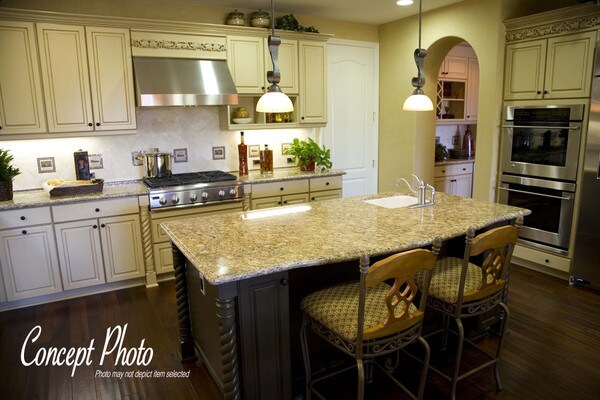Customize Your Kitchen Look with One-of-a-kind Legs For Kitchen Island Choices
Customize Your Kitchen Look with One-of-a-kind Legs For Kitchen Island Choices
Blog Article
Vital Aspects to Think About When Selecting Legs For Kitchen Island
Picking the suitable legs for a cooking area island involves a mindful assessment of several variables that can considerably affect both performance and visual appeal. As we check out these components, it becomes clear that each decision can have far-ranging implications for the general cooking area experience.
Material Options
When choosing legs for a cooking area island, recognizing the various material alternatives is essential for accomplishing both visual charm and architectural honesty (Legs For Kitchen Island). The choice of product considerably influences not only the longevity of the island but likewise its general layout and capability
Steel legs, commonly made from stainless steel or wrought iron, add a modern-day and commercial feeling while ensuring longevity and security. These products are resistant to put on and can sustain considerable weight, making them suitable for bigger islands.
One more option is engineered products, like MDF or plywood, which can be a lot more economical while still using a variety of surfaces. However, they might not supply the exact same level of security as strong wood or metal. Materials such as acrylic or glass can create a modern appearance, though they may call for additional assistance to make sure stability.
Inevitably, the choice of product for kitchen area island legs ought to straighten with the preferred functionality and the total style of the cooking area.
Design And Style

When taking into consideration design, the shape and coating of the legs are critical. Tapered legs can offer a sense of lightness and elegance, while thicker, a lot more durable legs can communicate stamina and security. Furthermore, the surface-- be it painted, stained, or all-natural-- need to complement the kitchen cabinetry and kitchen counter products to produce a unified look.
Moreover, the design of the legs can additionally show personal taste. Customized or ornamental legs, such as those including complex carvings or unique geometric forms, can function as focal points, adding personality and individuality to the kitchen. Ultimately, the appropriate option will not just improve performance yet additionally raise the aesthetic allure, making the kitchen area island a standout feature of the home.
Elevation Considerations
Choosing the ideal height for kitchen area island legs is crucial, as it directly influences both functionality and comfort. The common height for a kitchen area island commonly ranges from 36 to 42 inches, lining up with usual countertop heights.

It is likewise vital to account for customers' choices and heights. Tailoring the height can make certain a comfy experience for all relative, making the kitchen island a much more satisfying and functional room.
Weight Support
Making certain appropriate weight support for kitchen area island legs is vital for both security and capability. The kitchen area island often offers multiple functions, consisting of cooking, eating, and additional storage, demanding a robust support framework. When view selecting legs, it is vital to consider the general weight ability required based on the island's planned usage and the materials that will certainly be put on it.
The option of product for the legs plays a significant function in their weight-bearing capacities. Solid wood, metal, and sturdy compounds typically give superior stamina contrasted to lighter products. Additionally, the design of the legs-- whether they are directly, tapered, or have a pedestal kind-- can affect their capacity to disperse weight effectively across the structure.
Constantly get in touch with the supplier's requirements relating to tons limitations to guarantee that the legs can sustain the intended weight without Click This Link jeopardizing security. In summary, picking kitchen area island legs with sufficient weight support is important for producing a secure and practical cooking area.
Installation and Maintenance
Correct setup and maintenance of kitchen area island legs are vital for ensuring durability and security. This typically involves protecting the legs to the island base making use of suitable bolts, making certain that the legs are degree and lined up.
As soon as set up, normal maintenance is needed to maintain the integrity and look of the legs - Legs For Kitchen Island. For wood legs, periodic cleaning with a wet cloth and application of appropriate timber gloss can avoid wetness damages and maintain their surface. Steel legs might require a gentle cleansing solution to get rid of grease and gunk, adhered to by a dry cloth to avoid rust formation
Furthermore, check the legs regularly for signs of wear or damage, such as cracks or loose joints. Tightening screws or bolts as needed can also prolong the lifespan of the legs. By adhering to these installation and upkeep techniques, homeowners can ensure that their kitchen island remains tough and aesthetically appealing for several years ahead.
Verdict

Visual comprehensibility is paramount in selecting the style and style of legs for a kitchen area island, as these elements substantially influence the general atmosphere of the area. Conical legs can supply a feeling of agility and style, while thicker, extra durable legs can share toughness and stability.Selecting the proper elevation for kitchen area island legs is critical, as it straight impacts both functionality and comfort. In recap, choosing kitchen check here island legs with appropriate weight assistance is vital for producing a practical and safe culinary area.
In final thought, choosing legs for a kitchen area island necessitates careful factor to consider of numerous variables, consisting of material options, design, elevation, weight support, and installation.
Report this page